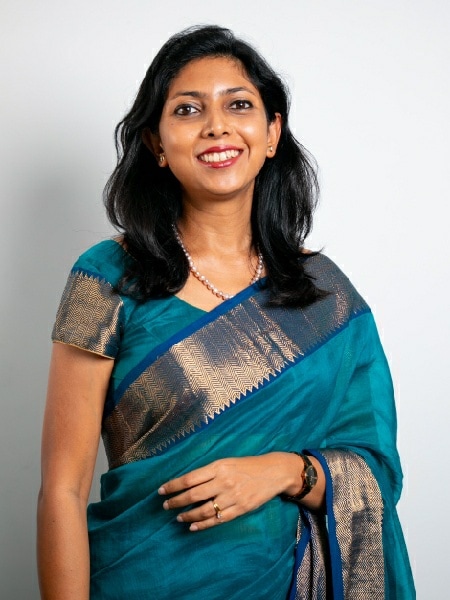
Men like Rosé & women like single malts—that's the new normal: Ipsita Das, Moët Hennessy India
In an exclusive interview with Storyboard18, Ipsita Das, managing director at Moët Hennessy India talks about the change in drinking patterns, what changed in the luxe wines and spirits segment during the pandemic and more
 Ipsita Das, managing director at Moët Hennessy India
Ipsita Das, managing director at Moët Hennessy India
Creating playlists for customers, starting a whole new segment of essentials, fashioning customized offerings and strengthening delivery capacities are some of the things brands did to stay relevant and afloat during the pandemic. Did luxe brands follow suit? Well, they did and some like Moët Hennessy India (MHI) also went ahead and added a ‘Rosé-O-Clock’ to the consumer’s lives.
Through the new campaign ‘Rosé-O-Clock’, MHI is trying to build a day-drinking culture in India. The key aspect of the campaign is to introduce ‘12 pm to 5 pm’ as an ideal time to relax and unwind, with a glass of Chandon Rosé.
Das talks about why they introduced Rosé-O-Clock in India, blurring concepts like women prefer wine and whiskey being a "manly drink", the price elasticity in the segment and much more.
Edited excerpts.
You are building a culture of day drinking with the new campaign - ‘Rosé-O-Clock’. Why did you think of coming up with a concept like this?







